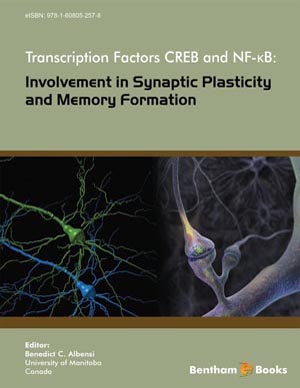Abstract
From the simplest animal to the man, the structure of neurons does not strongly change. But the number of neurons increases continually: sea anemone owns 1 neuron, frog and honeybee 107, man 107 with a three layered brain (limbic system, thalamus, cortex). Although human behaviors are very sophisticated, frog behaviors can be described by simple software. Thus, we had to compare brain with computer. Neurons are 107 times slower than electronic chips. Brain capacity for data storage is very weak when compared with the newest machines. Thus, books and magnetic memories appear as extensions of human memory. But the massively parallel circuitry in brain, the specialization of cortical areas and the modulating interactions between the three layers allow to animals and men a global efficiency not achieved by machines. Artificial intelligence (which mimics the human one) allowed for instance the building of almost autonomous automatic pilots. But a man has to intervene to choose the destination. Self learning machines have been conceived for instance to read postal codes. But men have to furnish them samples of each figure: robots can do anything except to choose the goal of their working.
Keywords: Artificial intelligence, behaviors, computers, control, cortex, data storage, evolution, frog, honeybee, individual preservation, large systems, limbic system, locomotion, memories, number of neurons, sea anemone, social instincts, spinal cord, thalamus, Turing machines.















